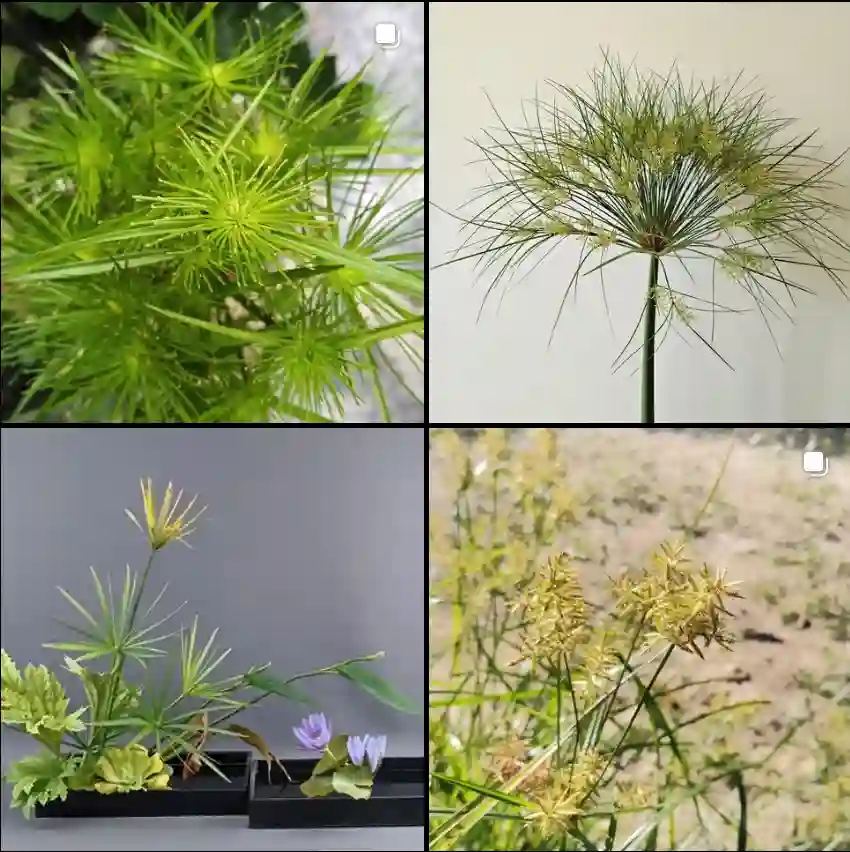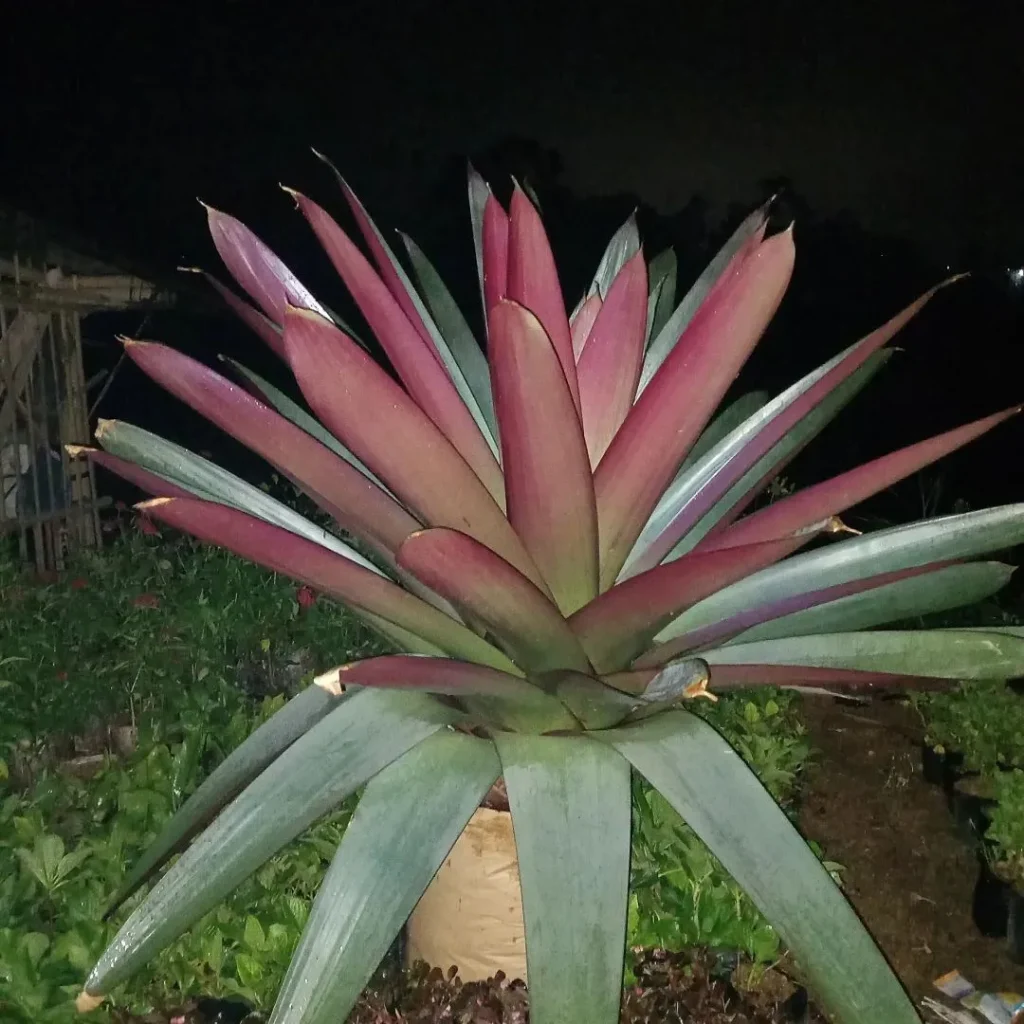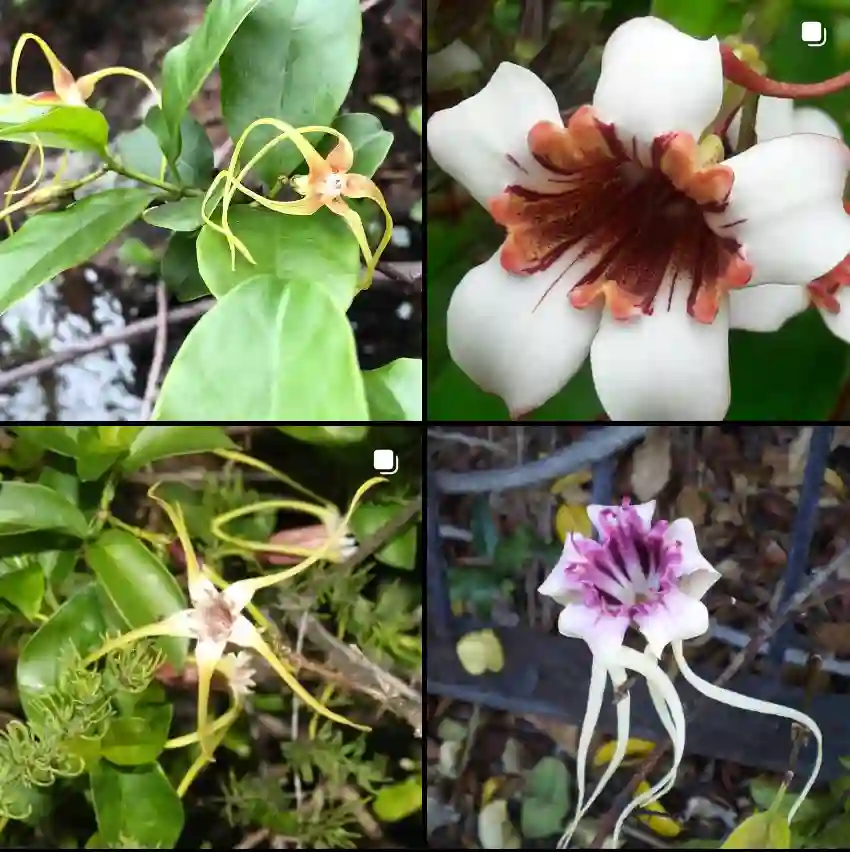All About Virginia Spiderwort: A Gardener’s Guide by Ferb Vu
Virginia Spiderwort (Tradescantia Virginiana) is a delightful perennial that has charmed gardeners for generations. Its easygoing nature, vibrant blooms, and adaptability make it a fantastic choice for borders, shade gardens, or even wildflower meadows. But what exactly is this captivating plant, and how can you cultivate it in your own garden? Let’s delve into the world of Virginia Spiderwort!
86 Species in Genus Tradescantia
What is Virginia Spiderwort?
Native to the eastern and central United States, Virginia Spiderwort is a herbaceous perennial belonging to the Commelinaceae family. This clump-forming plant boasts long, slender, bright green leaves that gracefully arch upwards. Come late spring and lasting through midsummer, the foliage is adorned with clusters of three-petaled flowers in shades of violet-blue, purple, magenta, or even white.
Growing Virginia Spiderwort
Virginia Spiderwort is a remarkably low-maintenance plant, perfect for busy gardeners or beginners. Here’s what you need to know to cultivate it successfully:
- Light: While Virginia Spiderwort tolerates full sun, it thrives in partial shade. In hot climates, afternoon shade is particularly beneficial.
- Soil: Moist, fertile, and well-drained soil is ideal. The plant can adapt to average garden soils but may require more frequent watering during dry spells.
- Watering: Regular watering, especially during the first growing season, is crucial. Aim to keep the soil consistently moist but not soggy.
- Feeding: While not strictly necessary, a light application of balanced fertilizer in early spring can promote healthy growth and abundant blooms.
- Propagation: Virginia Spiderwort readily spreads by underground stolons, forming attractive clumps. You can easily divide these clumps in spring or fall to create new plants.
How tall does Virginia Spiderwort grow?
Mature plants typically reach 2-3 feet in height with a spread of about 1 foot.
Does Virginia Spiderwort bloom again after the initial flowering period?
Yes! After the first flush of blooms in late spring to midsummer, you can deadhead the spent flowers to encourage a secondary bloom in late summer or fall.
Is Virginia Spiderwort deer resistant?
Fortunately, deer generally find Virginia Spiderwort unpalatable. This makes it a great choice for gardens frequented by these browsing herbivores.
Can Virginia Spiderwort be grown indoors?
While not ideal, Virginia Spiderwort can be grown as a houseplant in a sunny location with regular watering. However, it may become leggy and require frequent pruning to maintain a bushy appearance.
Virginia Spiderwort vs. Other Spiderworts
Several other Tradescantia species share the common name “spiderwort,” often leading to confusion. Here’s a quick comparison with two popular varieties:
- Tradescantia zebrina (Wandering Jew): This vining species features stunning variegated foliage with stripes of green, purple, and silver. Unlike Virginia Spiderwort, it thrives in well-drained containers and requires more frequent watering.
- Tradescantia pallida (Violet Spiderwort): This close relative boasts similar blue-violet flowers but with narrower leaves and a more delicate form. It prefers consistently moist soil and thrives in partial shade.
- Tradescantia Virginiana vs Tradescantia Ohiensis: it characterized by potential for greater height, a more delicate structure, and better tolerance for hot, sunny locations than other Tradescantia species; distinguishing it from the similar T. Virginiana, this species exhibits fewer fine hairs on the sepals and leaves with a grayish-blue tint.
By understanding their individual characteristics, you can choose the spiderwort that best suits your garden’s needs and aesthetics.
Additional Tips for Growing Virginia Spiderwort
- Deadheading spent flowers not only encourages reblooming but also keeps the plant looking tidy.
- Virginia Spiderwort is generally pest and disease resistant. However, in rare cases, it may be susceptible to slugs and snails, which can be controlled with organic methods.
- The foliage may die back in hot summer weather, but it typically returns in late summer or fall.
With its easy care requirements, vibrant blooms, and long-lasting appeal, Virginia Spiderwort is a valuable addition to any garden. So, why not give this delightful perennial a try and witness its charm unfold in your own backyard?
If i die, water my plants!



